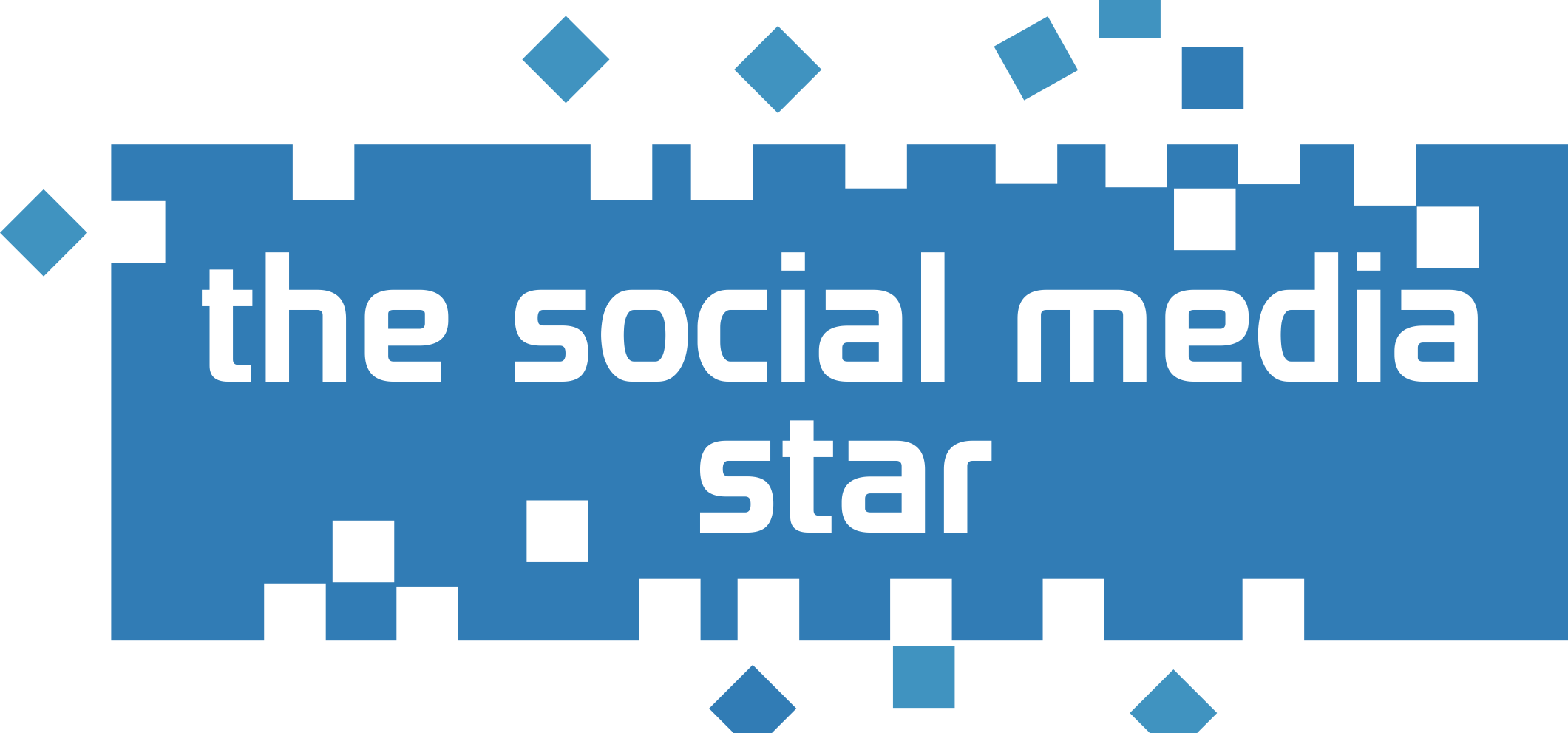Ancient Olympia must be digitally preserved.
Ancient Olympia is stored digitally in a new agreement between the Greek government and Microsoft. The collaboration uses artificial intelligence to map the terrain and augmented reality to restore the original Olympic home.
This allows viewers to explore the area as it was seen more than 2,000 years ago. Microsoft has ambitions to compete on Facebook with its plans for the so-called Metaverse.
He recently announced the Microsoft Teams meta-universe for meetings. And wants to turn Minecraft and other games he owns into a more immersive 3D world. Connections with the Greek government mean people can visit websites remotely or in-person using augmented reality mobile apps. For example, the Athens Olympic Museum can use HoloLens headphones to overlay the digital version of the website.
Microsoft’s HoloLens bright reality glasses use a variety of sensors, advanced optics. And holograms to display information, blend in with the real world, or simulate a virtual world.
The building is as close to its original form as possible and contains a timeline of the history of the object’s change over time and images of artifacts from each era. As part of the AI Cultural Heritage Initiative, Microsoft is working with the technology company Iconem. Specializing in digitizing historic sites in 3D.
Using ground cameras and drones to take hundreds of thousands of images on websites, Microsoft AI then processes those photos to create models.
“The cultural impact of this technology is endless. “For the first time, visitors from all over the world can virtually visit the birthplace from democracy. The ancient site of Olympia, also experience history up close,” said Greek Prime Minister Kyriakos Mitsotakis.
Brad Smith, President of Microsoft, said, “The Ancient Olympia Digital Preservation Project is a remarkable legacy achievement that brings together humanity. And cutting-edge technology for the benefit of the world and enables future generations to explore our past in new ways.”

